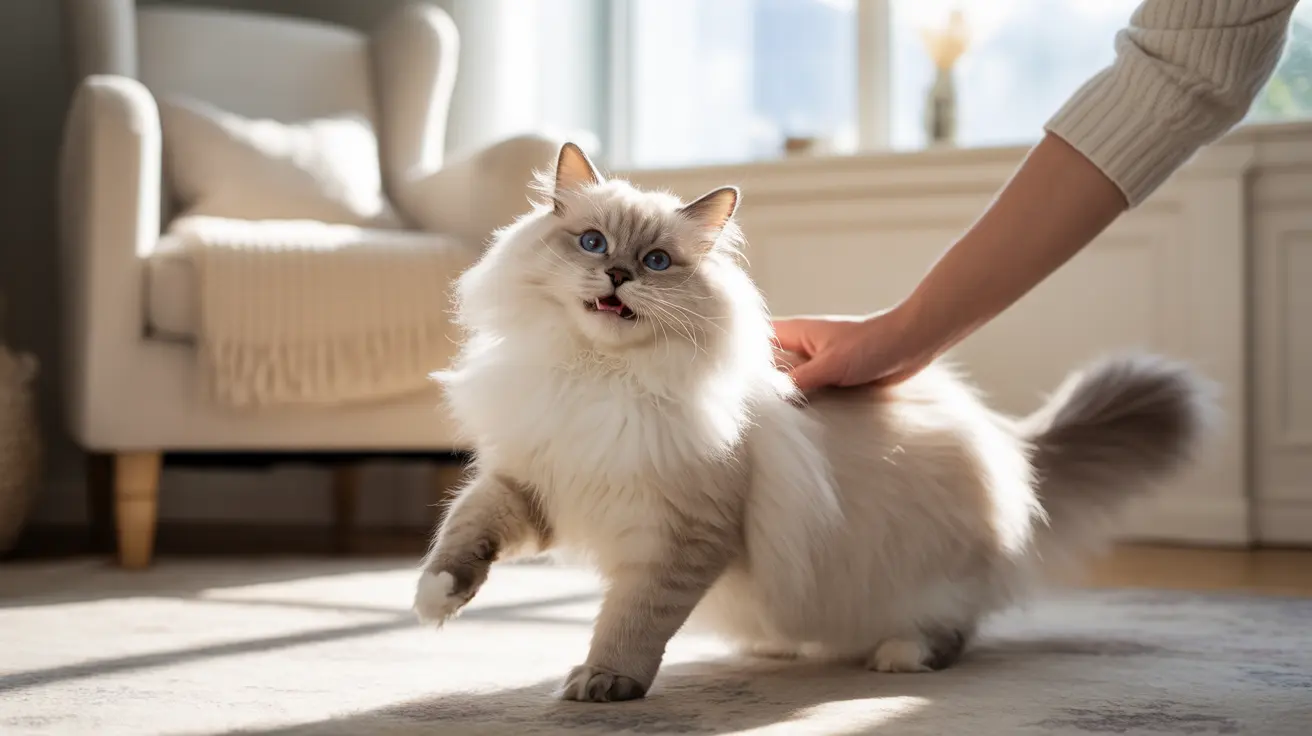Understanding Normal Purring and Shaking Behavior
When cats are especially content or excited, they may exhibit subtle shaking or trembling while purring. This physical response often stems from the intense muscle contractions involved in producing the purr itself. The vibrations can become so strong that they cause visible trembling, particularly in smaller cats or those who are exceptionally happy.
The frequency of a cat's purr typically ranges between 25-150 Hz, and these vibrations can actually extend throughout their entire body. This natural mechanism has even been linked to potential healing properties, as studies suggest these frequencies may promote tissue repair and bone strength.
Common Causes of Shaking During Purring
Emotional Responses
Cats often shake while purring during moments of intense emotional satisfaction, such as during petting sessions or when reuniting with their favorite human. This combination of purring and trembling usually indicates extreme pleasure and contentment.
Temperature Regulation
Sometimes cats shake while purring when they're trying to regulate their body temperature. This is especially common in hairless breeds, elderly cats, or during colder weather. The normal body temperature for cats ranges from 99.5°F to 102.5°F, and shivering can be their way of generating warmth.
When to Be Concerned
Medical Conditions
While shaking during purring is often harmless, certain combinations of symptoms may indicate a health issue. Watch for these warning signs:
- Excessive or violent trembling
- Loss of appetite
- Lethargy or weakness
- Changes in behavior
- Fever or low body temperature
Stress and Anxiety
Cats may also purr and shake when experiencing stress or anxiety. This self-soothing behavior helps them cope with uncomfortable situations. Common triggers include:
- Changes in environment
- New pets or family members
- Loud noises or unfamiliar situations
- Veterinary visits
How to Help Your Shaking Cat
If your cat's shaking while purring seems concerning, consider these supportive measures:
- Provide warm, comfortable resting spots
- Maintain consistent room temperature
- Create a stress-free environment
- Monitor for additional symptoms
- Schedule regular veterinary check-ups
Frequently Asked Questions
Why does my cat shake or shiver while purring?
Cats may shake while purring due to intense happiness, temperature regulation, stress, or occasionally medical issues. In most cases, when accompanied by normal behavior and appetite, this combination is perfectly natural.
Can shivering while purring mean my cat is cold or needs extra warmth?
Yes, shivering while purring can indicate that your cat is trying to warm up. This is especially common in hairless breeds, senior cats, or during cold weather. Providing warm sleeping areas and maintaining comfortable room temperature can help.
Is it normal for cats to tremble when they are happy and purring?
Yes, it's quite normal for cats to tremble when they're happy and purring intensely. The strong muscle contractions involved in purring can cause visible shaking, particularly in smaller cats or during moments of extreme contentment.
When should I be worried if my cat is shaking and purring at the same time?
Be concerned if the shaking is accompanied by other symptoms such as lethargy, loss of appetite, fever, or behavioral changes. If the trembling seems excessive or unusual, consult your veterinarian.
How can stress or anxiety cause my cat to shake while purring?
Cats may purr and shake when anxious as a self-soothing mechanism. This combination can occur during stressful situations like visits to the vet, environmental changes, or when encountering unfamiliar people or animals.
Conclusion
While shaking while purring is usually a normal behavior indicating happiness or contentment, it's important to pay attention to your cat's overall well-being and any accompanying symptoms. Understanding the context and your cat's normal behavior patterns will help you determine whether veterinary attention is needed.
If you're ever unsure about your cat's shaking behavior, don't hesitate to consult with your veterinarian. They can provide professional guidance and ensure your feline friend stays healthy and happy.






